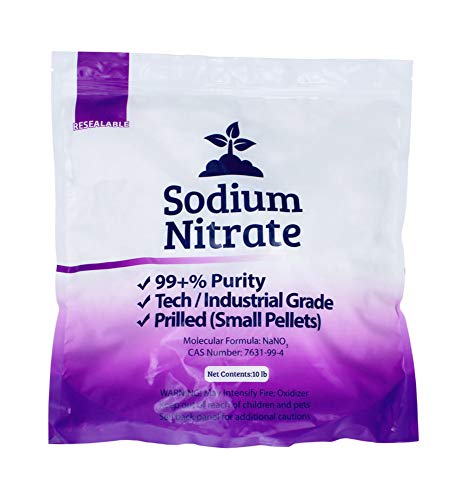WIZZARD
Well-known member
Ok, this a new thread.........Hope I'm learning and not stepping on other threads.....I'm old paratrooper and landed on my head to often.
I need some stabilizing solution to use on loaded resin to keep gold/carbon leaf from forming. Like in the pic below;

When the round resin is heated abound 400F and shaken sharply flakes form, however when the heat is increased slowly to 800F. the flakes turn black and "carbon fly condition" flashes off the gold flake as the carbon goes so goes some gold. See pic below;

Notice the resin turns black and carbon can be seen on the back side. The gold in first picture is all over the resin, even creating gold leaf, however when the temperature is bumped up............flash goes the gold on the surface of the resin and the leaf.
When ignition heat of 900F is reached the the black resin turns back to gold and platinum.

My question is; What to use to stabilized the resin, before low heat, that is not sodium based?

I'm suspecting the core of the resin has Rh there and when all is ignited to NM residue and place in AR the red/brown stuff will not go into solution.
Do I elude with secret sauce, ignite, or do I find a refiner willing to stabilize first and not blow off the goodies using to much heat to soon?
I've used oxalic, thiourea and got good results; However, the OxThi solution places a lot in solution and when ignition takes place
I 've got very thin gold PGM'sslivers with the residue. I've been doing this stuff on my own without benefit of more experienced folks who may have the best answer? This stuff is to expensive to make mistakes.
WIZZARD
I need some stabilizing solution to use on loaded resin to keep gold/carbon leaf from forming. Like in the pic below;

When the round resin is heated abound 400F and shaken sharply flakes form, however when the heat is increased slowly to 800F. the flakes turn black and "carbon fly condition" flashes off the gold flake as the carbon goes so goes some gold. See pic below;

Notice the resin turns black and carbon can be seen on the back side. The gold in first picture is all over the resin, even creating gold leaf, however when the temperature is bumped up............flash goes the gold on the surface of the resin and the leaf.
When ignition heat of 900F is reached the the black resin turns back to gold and platinum.

My question is; What to use to stabilized the resin, before low heat, that is not sodium based?

I'm suspecting the core of the resin has Rh there and when all is ignited to NM residue and place in AR the red/brown stuff will not go into solution.
Do I elude with secret sauce, ignite, or do I find a refiner willing to stabilize first and not blow off the goodies using to much heat to soon?
I've used oxalic, thiourea and got good results; However, the OxThi solution places a lot in solution and when ignition takes place
I 've got very thin gold PGM'sslivers with the residue. I've been doing this stuff on my own without benefit of more experienced folks who may have the best answer? This stuff is to expensive to make mistakes.
WIZZARD











































































